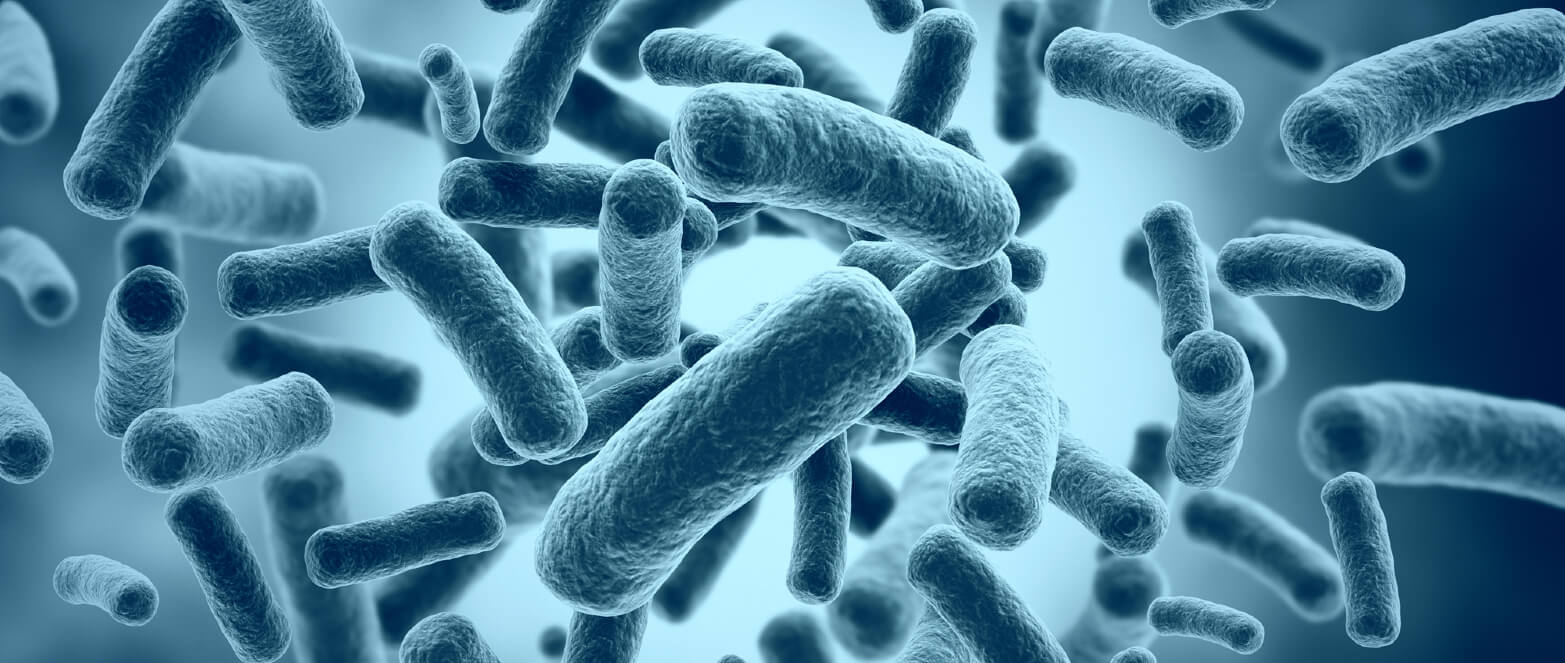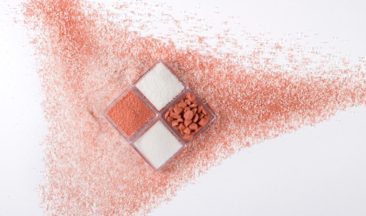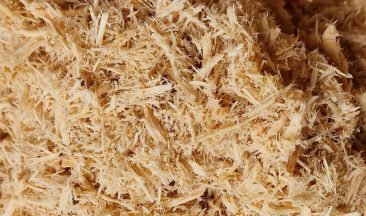Since the outset of COVID-19, ICL’s microbiology lab has engaged in cutting-edge research regarding the efficacy of brominated biocides against viruses. The results not only prove their effectiveness, but have also attracted the interest of leading researchers, R&D experts and service companies who are interested in developing bromine-based antiviral applications.
Written by: Dr. Chen Zolkov, ICL Microbiology Lab (TAMI-IMI) Manager
In December 2019, a new virus outbreak began a chain of events that would change the world as we know it. Two months later, in February 2020, the World Health Organization officially named the new viral disease COVID-19, which is short for coronavirus disease 2019. COVID-19 quickly spread worldwide panic, mostly due to its highly contagious nature. Since it was a new disease, its impact was still unknown. Also unknown were ways for disinfecting the environment (water, food, aerosols and surfaces) from COVID-19 pathogens. As a result, finding a sufficient disinfectant that could eliminate the virus from various surroundings became a central global priority.
Establishing biocidal efficacy against COVID-19
ICL was determined to address the need to find suitable chemicals that can eliminate the virus from the environment. ICL’s microbiology experts began searching for a simple and satisfactory method to verify biocidal efficacy against the virus. After careful deliberation, it was decided to assimilate the method of testing the antiviral activity of biocides by using the MS2 coliphage as an indicator for human pathogenic viruses.
Bacteriophages are viruses that infect bacteria, and coliphages are a class of bacteriophages that infect the bacteria Escherichia coli. The concept of using coliphages as viral indicators for human viruses is well established in literature but is hardly never used in microbial labs as an effective test. It was shown in some studies that the coliphage MS2 (a single-stranded RNA [ssRNA] phage of the Leviviridae family),could be used as a quantitative marker for the effectiveness of antiviral and antiseptic agents (ref. 1 and ref. 2).Phage MS2 has been used as a surrogate for pathogenic viruses in several sterilization, air filtration, and aerosolization studies. Its facility to be detected by culture is certainly one of the reasons for its widespread use (ref. 3).
In some studies, it was shown that phage MS2 is 7 to 10 times more resistant to aerosolization, sampling, and UV light than a coronavirus (ref. 3). Therefore, based on this finding, if ICL’s bromine-based biocides were to be found effective against MS2, they would surely be effective against other pathogenic viruses, as well – including the coronavirus.
Let the research begin
The method assimilated at IMI’s microbiology lab is based on “Standard Methods for the Examination of Water and Wastewater. 22nd Edition. Sections: SM 9224C”.
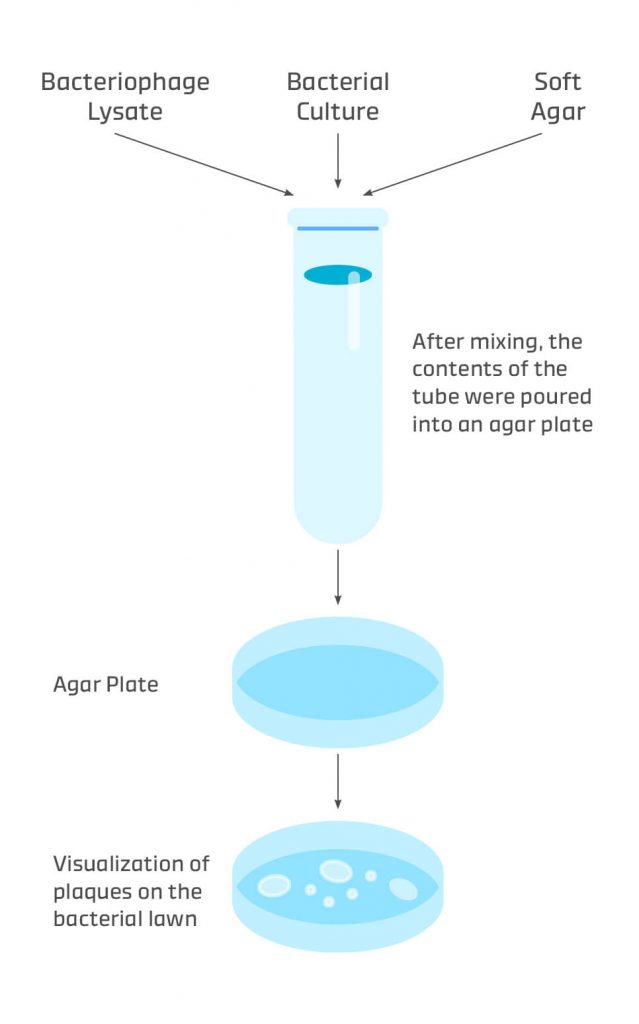
The method is based on the use of the double agar layer (DAL). The bottom layer is a hard agar (a standard agar) and the upper layer, which is placed on the hard agar, is a mixture of soft agar, host bacteria and the tested bacteriophage sample. After incubation, the number of plaques (light areas) obtained is examined. Each plaque represents an infected area, an area where the bacterial cells were lysed by the bacteriophage. The number of bacteriophages is in relation to the dilution of the sample and the number of plaques obtained (see image).
After the above method was assimilated at the IMI microbial lab, several brominated ICL biocides were tested and their activity was compared to commercial Sodium Hypochlorite (bleach). As seen in figure 1, it was found that bleach efficiency began (total kill was achieved) at a concentration of 100 mg/l (as Cl2). However, ICL’s bromine-based biocide (Bactebrom®) efficiency (total kill was achieved) was established at a much lower concentration of 5 mg/l (as Cl2) – as seen in figure 2. These results indicate that ICL’s biocide is active at a very low concentration and is much more efficient in comparison to bleach.
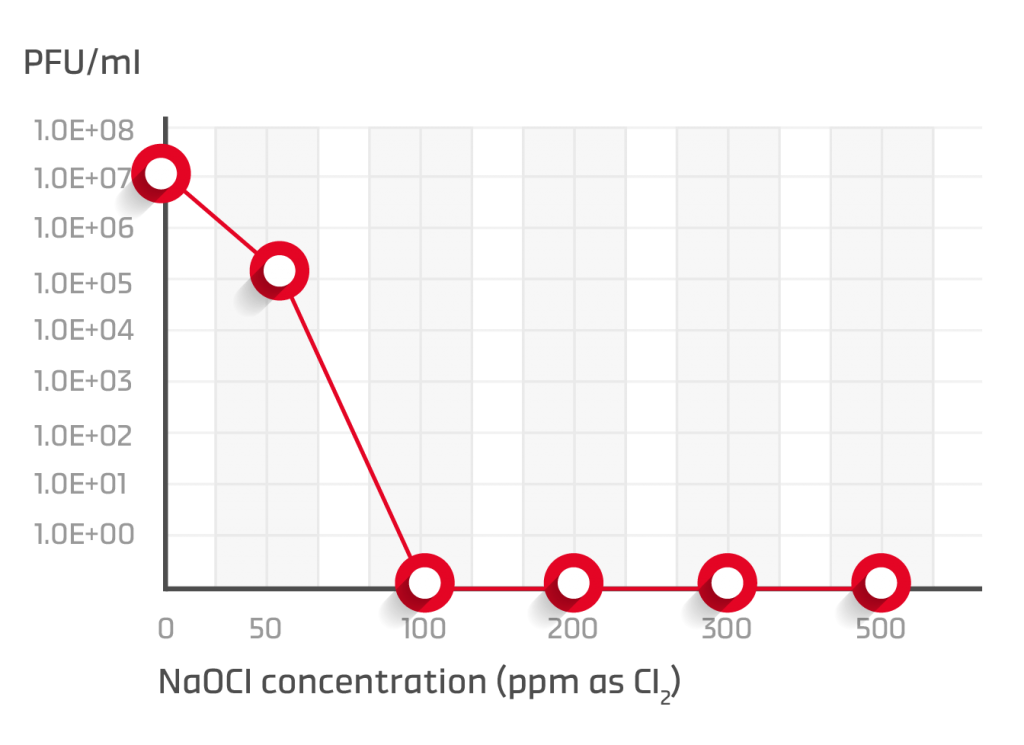
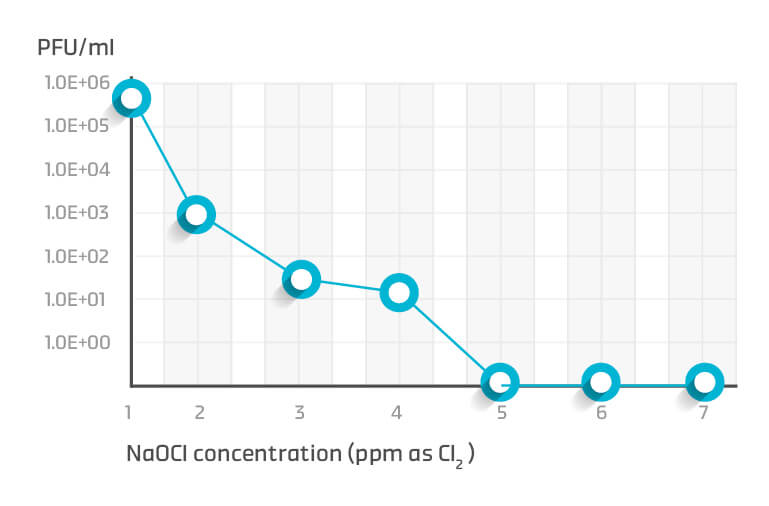
The advantages of brominated biocides
In addition to Bactebrom, ICL’s microbiology lab team tested several other brominated biocides against planktonic viruses – and the results were highly satisfactory.
Activated sodium bromide (NaBr) became active at a concentration of 2-3 mg/l (as Cl2) and reached full efficiency at 4 mg/l – as seen in figure 3. Bromosol®, another brominated biocide developed by ICL, displayed active antiviral properties between a concentration of 12.5-75 mg/l (as Cl2) and reached full efficiency at 100 mg/l – as seen in figure 4.
This comparison further exhibited the advantages of ICL’s brominated biocides when it comes to virus eradication, in comparison to Sodium Hypochlorite.
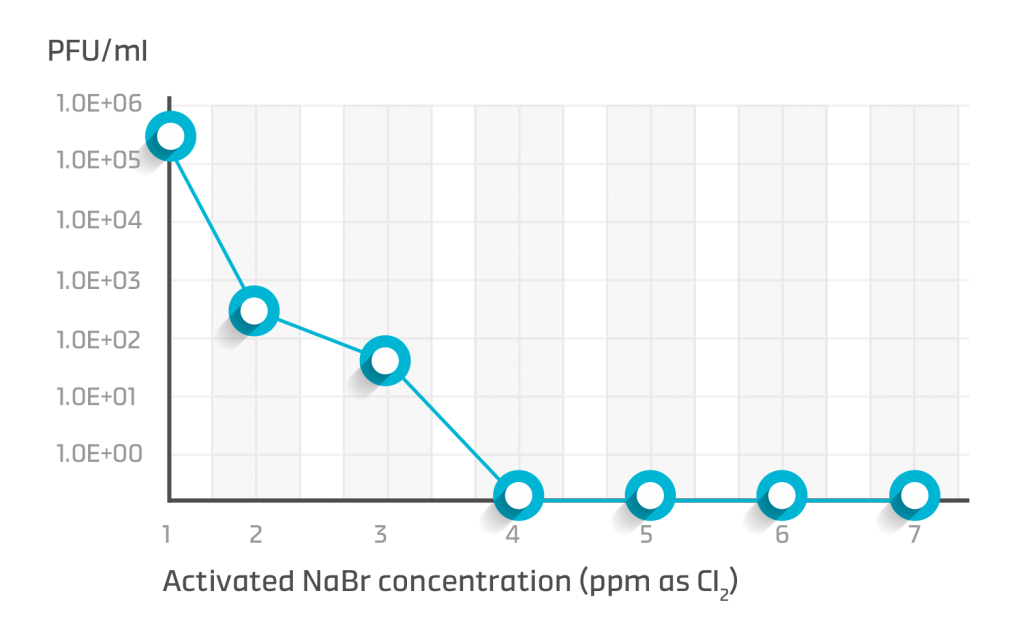
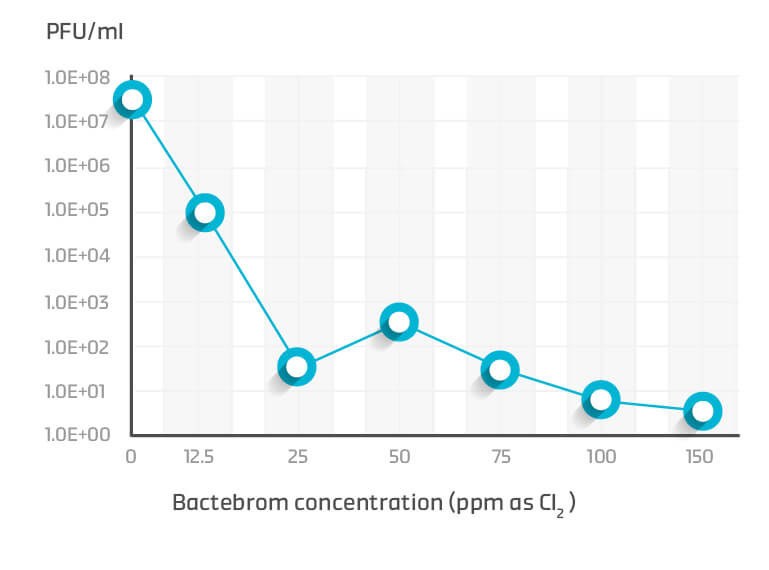
More on the subject:
What is Bromine?
What Are Biocides?
Think of Fire Before It Begins – The Fire Retardants Story
Looking Ahead
Due to the positive results displayed by ICL’s brominated biocides against planktonic viruses, ICL’s microbiology lab has plans for additional research. For starters, this will include testing the efficacy of activated ammonium bromide, another brominated biocide developed by ICL – against planktonic MS2. In addition, the team will continue testing treated textiles and surfaces against MS2. Based on the results, the lab team will test the relevant benchmark products in order to map a variety of possible applications.
References
- Deborah A. Kuzmanovic, Ilya Elashvili, Charles Wick, Catherine O’Connell and Susan Krueger. 2003. Bacteriophage MS2: Molecular Weight and Spatial Distribution of the Protein and RNA Components by Small-Angle Neutron Scattering and Virus Counting. Structure, Vol. 11, 1339–1348. Elsevier Science Ltd
- Eva Emmoth, Jakob Ottoson, Ann Albihn, Sa´ndor Bela´k and Bjo¨rn Vinnerås. 2011. Ammonia Disinfection of Hatchery Waste for Elimination of Single-Stranded RNA Viruses. APPLIED AND ENVIRONMENTAL MICROBIOLOGY, p. 3960–3966 Vol. 77, No. 12
- Nathalie Turgeon, Marie-Josée Toulouse, Bruno Martel, Sylvain Moineau and Caroline Duchaine. 2014. Comparison of Five Bacteriophages as Models for Viral Aerosol Studies. Applied and Environmental Microbiology vol 80 (14) p. 4242–4250
